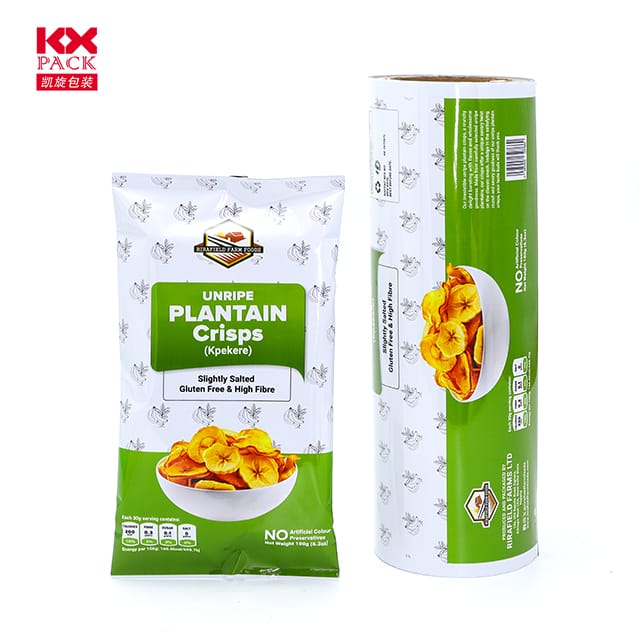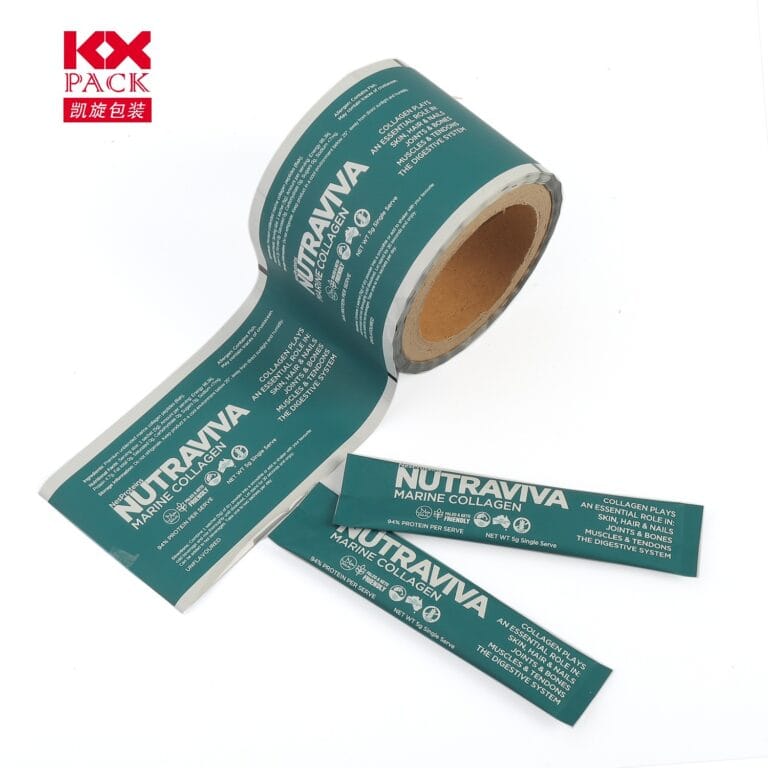食品包装工厂的塑料薄膜卷: 趋势, 创新, 和市场动态
盖塑料薄膜卷
在快速发展的食品包装行业, 盖塑料薄膜卷 已成为保存新鲜度的关键组成部分, 确保安全, 并增强货架吸引力. 这些稀薄, 灵活膜 - 由聚乙烯典型制成 (体育), 聚丙烯 (聚丙烯), 尼龙 (PA), 或诸如evoh之类的高级式材料 - 热密封到托盘上, 杯子, 和碗以形成针对氧气的气密屏障, 水分, 和污染物. 用于食品包装工厂, 选择合适的盖子胶片不再只是功能; 这是一个影响可持续性的战略决定, 成本效率, 和消费者满意。盖塑料薄膜卷)
1. 关键应用和市场需求
在多个食品细分市场中,盖子薄膜是必不可少的:
- 即食 (rte) 餐: 具有抗雾性特性的高级膜膜防止凝结, 保持产品可见性.
- 乳制品和肉: 改良的气氛包装 (地图) 电影通过调节包装内的气体成分来延长保质期.
- 新鲜农产品: 用kpeel风格的膜密封的可再生纸羽状托盘可减少塑料的使用 95%, 与全球可持续性趋势保持一致.
- 便利食品: 易于搭胶片使无麻烦的开场, 而耐刺穿的变体可以保护像糕点这样的脆弱物品.
盖电影的全球市场预计将增长 复合年份 5.2% 通过 2030, 受到新兴经济体中对包装食品的需求不断增加的驱动以及发达市场的严格食品安全法规的驱动。盖塑料薄膜卷)
2. 塑造行业的技术创新
一个. 高级攻击和多层电影
打击食物浪费, 制造商正在采用多层联合技术, 将PA/PE/EVOH等材料结合起来,以产生具有优质氧气和耐水性的薄膜. 例如, Shandong Qilu乙烯化学公司, 有限公司. 生产基于EVOH的电影,将烟熏肉的保质期延长了30-50%.
乙. 可持续解决方案
- 可生物降解的电影: 源自淀粉或纤维素, 这些电影在内部分解 180 工业堆肥条件下的日子.
- 可回收的单材料: 单聚合物膜 (例如。, 宠物) 简化回收流, 减少环境影响.
- 塑料使用减少: 总部位于英国的KM包装的KPEEL系列使Paper-Pulp托盘可以替换新鲜农产品包装中的塑料容器, 切成塑料 95% 没有损害密封的完整性。盖塑料薄膜卷)
C. 聪明而功能的电影
- 抗微生物涂层: 银离子或锌氧化物添加剂抑制细菌生长, 增强食品安全。盖塑料薄膜卷)
- 温度敏感指标: 如果存储条件偏离,则嵌入热色粒油墨的膜会更改颜色, 降低变质风险.
- 可打印的表面: 高清打印允许品牌展示徽标, 营养信息, 直接在电影上的QR码, 提高营销吸引力.
3. 对工厂的挑战和战略考虑
一个. 监管合规性
食品包装工厂必须浏览复杂的法规网络:
- 欧洲联盟: 遵守 EC编号 1935/2004 (食品接触材料) 和 欧洲联盟 2019/904 (一次性塑料指令).
- 我们: FDA批准了电影中的再生内容并遵守 食品安全管理局 (食品安全现代化法案).
- 中国: GB 4806.7-2023 食品级塑料的标准和对环境政策的更严格的执行.
乙. 费用与. 可持续性权衡
而可生物降解的电影与ESG目标保持一致, 他们经常花费20–30%多 比传统的塑料. 工厂必须平衡可持续性目标与盈利能力:
- 优化材料使用: 薄膜 (例如。, 12–16µm vs. 20–25µm) 降低原材料成本.
- 自动生产: 高速共产线提高效率, 抵消较高的材料费用.
C. 供应链的弹性
地缘政治紧张局势和原材料短缺 (例如。, 乙烯价格) 中断生产. 工厂正在减轻风险:
- 多元化的供应商: 与多区域电影制造商合作,以确保稳定供应.
- 库存关键材料: 维持像evoh这样的高烈性树脂的3-6个月清单.
4. 未来观看的趋势
- 可食用的电影: 由蛋白质制成 (例如。, 明胶) 或多糖 (例如。, 壳聚糖), 这些电影正在零食和糖果包装中获得吸引力.
- AI驱动的自定义: 机器学习算法分析食物特性 (ph, 水分含量) 推荐最佳胶片组成.
- 循环经济模型: 工厂正在探索胶卷背包程序,以将消费后废物回收到新包装中.
结论
用于食品包装工厂, 盖头塑料胶卷不再是一种商品,它们是战略资产. 通过拥抱高性能, 可持续的, 和智能电影, 制造商可以区分他们的产品, 遵守法规, 并满足不断发展的消费者需求. 成功的关键在于敏捷: 适应技术转变, 优化供应链, 并投资于平衡成本的创新, 功能, 和环境责任.
保持曲线领先 - 探索我们精心策划的盖子电影供应商列表,并下载我们为您的应用程序选择合适的电影的免费指南! 🌍🍃📦






